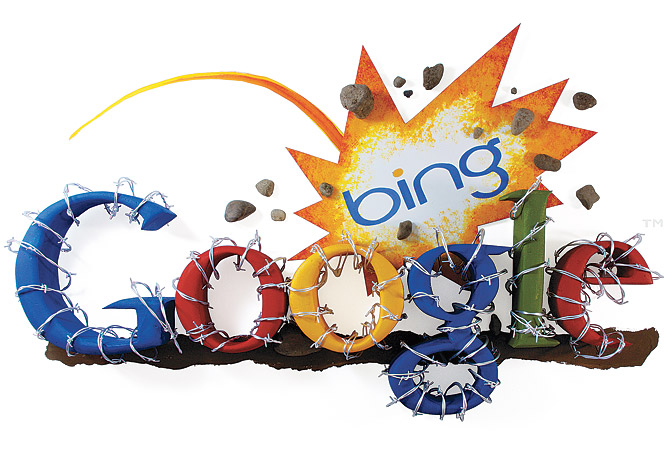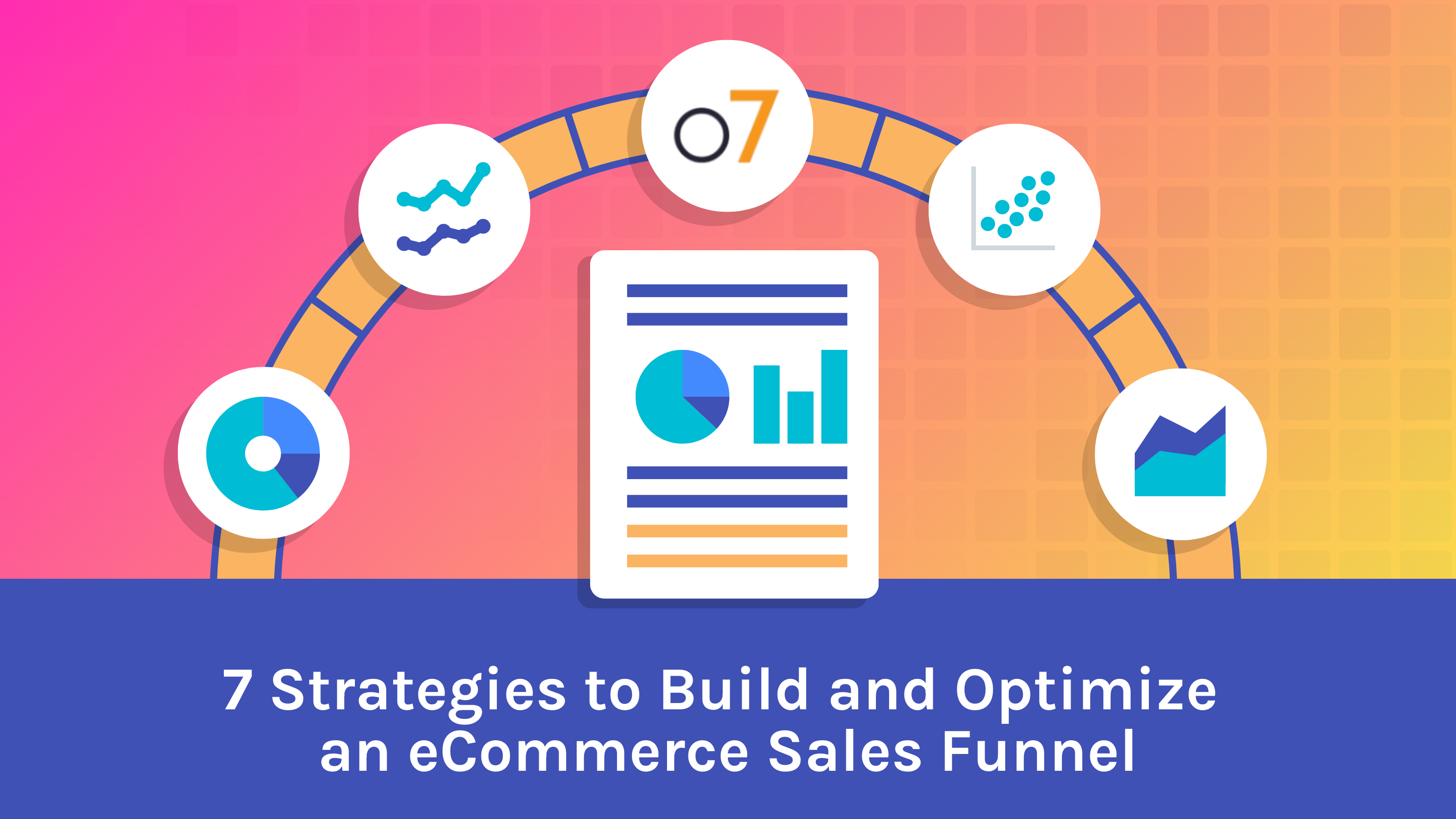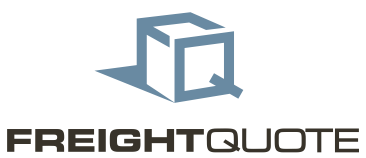 One of Google’s many creative talents is producing viral multimedia content. We’re sure many of you recall Project Glass: One day… which was released on YouTube earlier this year. Although the video was released online, you will notice that Google’s online marketing efforts have the exact same look and feel as their offline marketing efforts. See for yourself and watch Google’s latest TV commercial Google Chrome: Coffee. Google’s ability to really go viral offline, however, was clearly evident after the release of Google Chrome: Dear Sophie. Both TV commercials are part of Google’s “The Web is What You Make of It” campaign which is their biggest offline marking effort to date.
One of Google’s many creative talents is producing viral multimedia content. We’re sure many of you recall Project Glass: One day… which was released on YouTube earlier this year. Although the video was released online, you will notice that Google’s online marketing efforts have the exact same look and feel as their offline marketing efforts. See for yourself and watch Google’s latest TV commercial Google Chrome: Coffee. Google’s ability to really go viral offline, however, was clearly evident after the release of Google Chrome: Dear Sophie. Both TV commercials are part of Google’s “The Web is What You Make of It” campaign which is their biggest offline marking effort to date.
So what exactly is it that Google is doing right? And what can video marketers learn from it? We’ve noted 5 commonalities in these commercials and suggest that video marketers should also consider using these approaches in their online videos. Lately, however, it’s not all about Google. What?! Bing’s latest TV commercial reveals a completely different strategy – and guess what – it’s working.
Top 5 Commonalities in Google TV Commercials
1. Story Telling
Google Chrome: Dear Sophie – Through the eyes of a “mystery person” – who we later discover is good ol’ Dad – we are taken through the precious early stages of the life of Sophie Lee (dear.sophie.lee@gmail.com) – from her arrival on Planet Earth to her first time riding a bicycle and ballet lessons. Her story comes complete with photos of her missing teeth, YouTube ski trip videos, audio clips of giggles and Google maps offering a street view of her home for the first four years of her life.
Google Chrome: Coffee – We’re taken through the journey of Mark Potter (markdpotter7@gmail.com) who is on a mission to get back with his ex girlfriend, Jen, over a cup of coffee. We see his efforts to get her back through a “Reasons to say yes” Google Doc and learn about the “times you were right” and “times I was right” on a Google spreadsheet. We see their relationship blossom through YouTube videos of amusement park dates, smelly hand sock puppet pranks and travel buddy pictures. We learn the exact location “where things fell apart” through Google Places (possibly because he always chose work over her) and see the role their friends have in getting them back together.
2. The Power of Emotions
Google Chrome: Dear Sophie – We’re happy to see baby Sophie Lee arrive and rejoice for her 1st ever birthday. We laugh at “mom’s idea” and Sophie’s choice of name for her newborn sister. We fear for Sophie when she’s in hospital with a “really bad fever” and sympathize with her parents who “felt so helpless”. We’re surprised when Sophie lands face first in the snow on her ski trip (i.e. FACE PLANT!!!) and to also learn that the “mystery person” sharing all her intimate moments with us is actually her Dad. The sentimental music also plays a huge role in heightening our emotions and Google’s choice of uplifting piano and violin harmonies are the perfect fit.
Google Chrome: Coffee – We laugh at Mark’s poor choice of a first date and are happy for him when he gets it right the second time around. We chuckle at his childlike pranks and the amount of times that she was right and he was wrong. The intimate pictures and videos of them laughing and enjoying each other’s company make us feel all warm and fuzzy inside. We’re sad to learn where and why things ended. We’re also anxious for Mark. We are left crossing our fingers and wanting to know the outcome of his coffee date. Similarly the choice of song lyrics “sorry about those things I said before…” makes us feel for Mark.
3. Everyday People and Everyday Situations
We get the impression from the visual stimuli provided to us throughout the commercials that both Sophie and Mark are working class. They’re not rich or famous. We learn that Sophie enjoys mac and cheese, swimming, skiing, riding her bicycle and ballet. She’s an everyday girl in an everyday family and that’s why we, the everyday people, relate to her story. Similarly, Mark and Jen are your everyday couple. They’re not a celebrity couple. They ride rollercoasters and travel together, play pranks on one another, and like many modern day couples, they are also trying their best to balance work and relationships. Let’s also not forget that they work out their issues over a cup of Joe J :)
4. Market Segmentation
If you’ve been paying close attention it’s clear that each of these commercials target a specific demographic. Google Chrome: Dear Sophie is aimed at expectant young adults, and of course, mothers and fathers. On the other hand, Google Chrome: Coffee is aimed at the youth who’ve no doubt experienced the trials and tribulations of young love. Market segmentation is highly effective as it paves the way for a more personalized message to your target audiences. They’ve even gone so far as to segment their marketing efforts for gay and lesbian audiences as well as musicians with the release of Google Chrome: Lady Gaga and Google Chrome: Justin Bieber.
5. Benefits NOT Features
There’s a lot of complex technology and advertising of Google paraphernalia involved in these commercials. But the beautiful thing is that we don’t really see it… or at least we’re so completely absorbed in the story and so emotionally involved to the extent that we no longer see advertising. We see the benefits of using what Google has to offer. It’s a smart play by Google. Things that are as “geeky” as Chrome, Gmail, Picasa Photos, YouTube, Google Doc Spreadsheets, Maps and Places are hard to explain in terms of features without sounding tedious. Showing what all of this amazing technology can do, however, from recording your daughter’s precious moments to making things right with your ex – now that’s interesting. Google has essentially taken the situational approach, recreated the online experience and found an implicit way to advertise their products through stories, emotions, everyday people and situations.
Google vs. Bing: The Bing it On Challenge
Interestingly, Google’s top competitor has an entirely different look and feel in their latest TV commercial. According to this article, it’s a strategy that might actually be working! Now let’s check out 2 more approaches Bing is using that Google isn’t…
1. Direct Competitor Comparison
You’ll notice that Bing’s plan is one of full throttle attack. They’ve taken the in-your-face tactic and challenged Google head on by sending an interviewer out into the streets and asking random people which search engine they prefer. We’re not surprised to learn that all of them prefer Google. We are, however, surprised to learn that all of them end up choosing Bing search results over Google search results in a side by side blind test comparison. The strategy is clearly aggressive as they even go so far as to hold the Bing it On Challenge in Google’s very own backyard – almost in an attempt to insult them. This is actually a throwback to the Pepsi Challenge of many years ago where Pepsi challenged coke in a very similar way. Even if more people choose Google over Bing, Microsoft has done something very smart here because it puts Bing “in play” in more people’s minds, whether or not an individual has chosen Bing in the first place. Very smart. Bing is supposedly going to start a major TV Blitz promoting Bing It On.
2. Real Live Testimonials
We’re exposed to millions of advertisements every day. Almost to the point where we know it’s all a performance by paid actors or sponsors and have grown highly suspicious of them. Bing’s TV commercial has the authentic look and feel of a real live testimonial from everyday people in the city of San Francisco. It’s simple. They send a casual reporter out into the busy streets of San Francisco – stop people in their tracks (or sweatshirt) – and ask them a few simple questions. The reactions when they realize they’ve chosen Bing over Google in the side by side blind test comparison come across as genuine. We believe them.
So there you have it. These are valuable insights to be put into practice for all you aspiring video marketers. We’ve listed many different approaches for you to take with your own online videos to increase the chances of it going viral. We suggest you make yourself a checklist and be sure you’ve included a few of these in your strategy.
Checklist
Storytelling
The Power of Emotions
Everyday People and Everyday Situations
Market Segmentation
Benefits NOT Features
Direct Competitor Comparison
Real Live Testimonials
… Are you doing everything you can to ensure your video goes viral online? Looking for more video marketing tips? Read another one of our articles on video marketing and contact us for more information. We can help!














